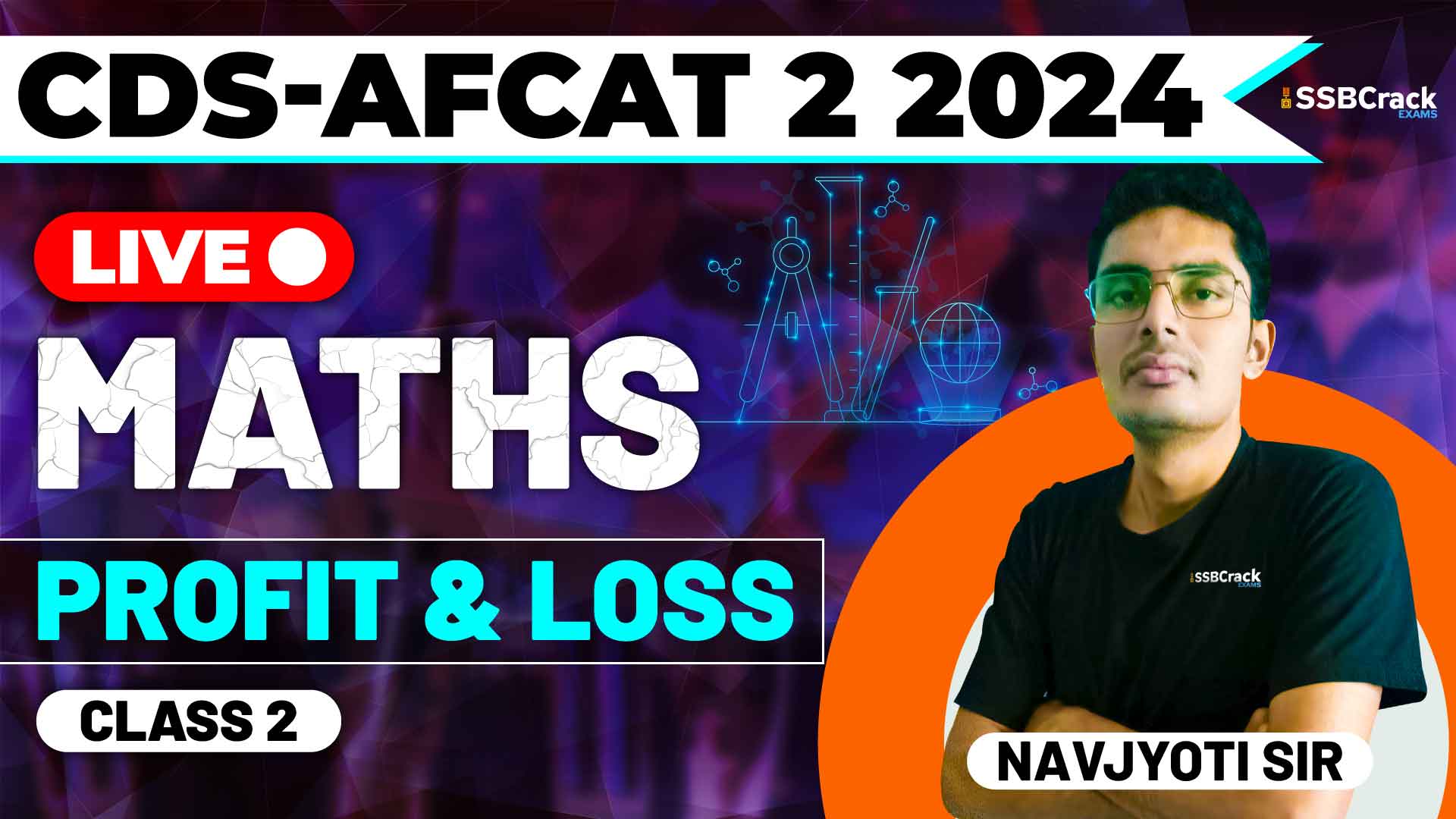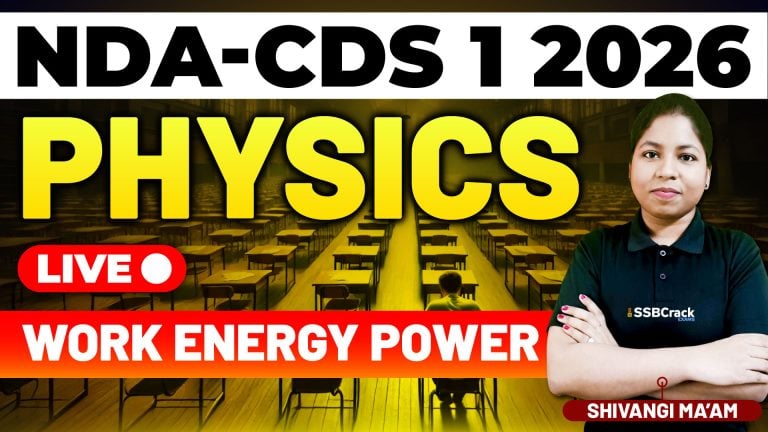Preparing for competitive exams such as the Combined Defence Services (CDS) and Air Force Common Admission Test (AFCAT) requires a solid understanding of various mathematical concepts. One crucial area in the mathematics section of these exams is Profit and Loss, which encompasses a range of sub-topics including Dishonest Selling, Marked Price, and Discount. This blog will provide a comprehensive guide to these topics, highlighting essential formulas and practical applications through multiple-choice questions (MCQs).
Understanding Profit and Loss
Profit and Loss are fundamental concepts in commerce, crucial for determining the financial outcomes of buying and selling activities. Here are the key components:
- Cost Price (CP): The price at which an item is purchased.
- Selling Price (SP): The price at which an item is sold.
- Profit: When the Selling Price is greater than the Cost Price, resulting in financial gain.
- Loss: When the Selling Price is less than the Cost Price, resulting in financial loss.
Essential Formulas
To solve Profit and Loss problems efficiently, you need to remember a few basic formulas:
- Profit = Selling Price – Cost Price
- Loss = Cost Price – Selling Price
- Profit Percentage = (Profit / Cost Price) * 100
- Loss Percentage = (Loss / Cost Price) * 100
Advanced Concepts in Profit and Loss
Beyond the basics, several advanced concepts are crucial for the CDS and AFCAT exams:
- Dishonest Selling: This involves scenarios where sellers use deceitful practices, such as using false weights and measures to gain extra profit. Understanding how to calculate the true cost price and profit in such cases is essential.
- Marked Price: The price tagged on an item before any discount is applied. Knowing how to calculate the final selling price after considering discounts is important.
- Discount: The reduction applied to the marked price to attract customers. Understanding how to calculate the discount percentage and the selling price after the discount is vital.
Key Formulas for Advanced Concepts
- Marked Price: The original price before any discount is applied.
- Discount: Calculated as the difference between the marked price and the selling price.
- Discount Percentage: (Discount / Marked Price) * 100
Practical Application through MCQs
To excel in the CDS and AFCAT exams, practicing multiple-choice questions (MCQs) on these topics is crucial. Let’s explore how these concepts are applied through examples:
Example 1: Dishonest Selling
Question: A shopkeeper claims to sell goods at cost price but uses a false weight of 900 grams instead of 1 kg. What is his profit percentage?
Explanation:
- Step 1: Identify the actual cost price and the false cost price.
- Step 2: Calculate the profit made using the false weight.
- Step 3: Determine the profit percentage based on the actual cost price.
Example 2: Calculating Marked Price and Discount
Question: An article is marked at 800 and sold for 600. What is the discount percentage?
Explanation:
- Step 1: Calculate the discount: Marked Price – Selling Price = 800 – 600 = 200.
- Step 2: Calculate the discount percentage: (Discount / Marked Price) * 100 = (200 / 800) * 100 = 25%.
So, the discount percentage is 25%.
Strategies for Solving Profit and Loss Problems
- Understand the Problem: Carefully read the question to identify whether it involves calculating profit, loss, discount, or marked price.
- Break Down the Information: Simplify the problem by breaking it down into smaller, manageable parts.
- Apply the Formulas: Use the relevant formulas to find the required solution.
- Check the Options: In MCQs, checking the provided options can help narrow down the correct answer quickly.
- Practice Regularly: Regular practice of different types of problems will help in understanding patterns and frequently asked questions.
Tips for Effective Preparation
- Consistent Practice: Solve as many MCQs as possible from various sources to familiarize yourself with different types of questions.
- Mock Tests: Take timed mock tests to simulate the actual exam environment and improve speed and accuracy.
- Analyze Mistakes: Review and analyze mistakes made during practice or mock tests to understand where you went wrong.
- Engage in Study Groups: Discussing problems with peers can provide new perspectives and problem-solving techniques.
- Use Reputable Resources: Use reliable study materials and online resources that offer a wide range of practice questions and detailed solutions.
Conclusion
Mastering Profit and Loss concepts, including Dishonest Selling, Marked Price, and Discounts, is crucial for success in the CDS and AFCAT exams. By understanding the fundamentals, practicing regularly, and using strategic approaches to problem-solving, you can enhance your proficiency in this area. Each practice session brings you closer to achieving your goal. Stay focused, practice diligently, and approach each problem with a clear, analytical mind. Good luck!




















